7 essential Apple Photos tips for your iPhone everyone needs to know
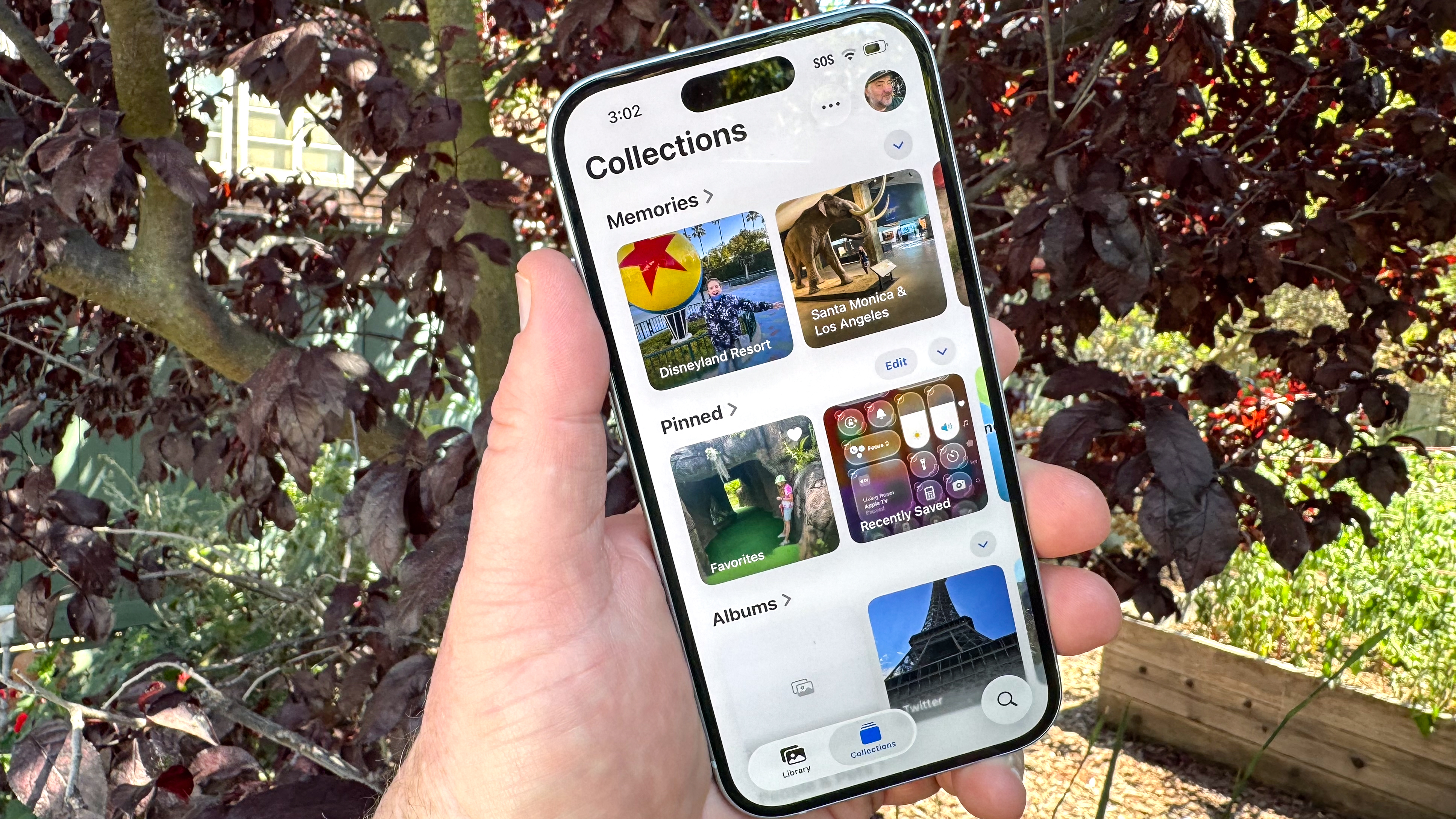
I'm going to guess everyone with an iPhone uses the built-in Photos app on a fairly regular basis. After all, that's the place where all the photos and videos you capture with your iPhone's camera wind up. But if you're just using Photos as a place to stash images, you're not really get the most out of this iOS app.
Photos is more than just an image repository, though it handles that task very well. It's got some built-in smarts — even on iPhones that don't support Apple Intelligence — that allow it to create photo collections, group together photos featuring the same people and even gather up screenshots in one place. There are editing tools at your disposal, too, that can make those photos you've captured look even sharper.
I turn to Photos just about every day, and these are some of the tips I've used to get more out of the app. For the most part I'm focusing here on organizational tools and features to wring more information out of my photos. Image-editing features in Photos are an entirely different kettle of fish that we'll explore in the future. Here are seven things that I do to get more out of the Photos app.
Customize the app's layout

In keeping with an overall push from Apple to give you more say in the look and feel of your iPhone — think of the ability to customize your lock screen or re-arrange how icons are displayed on the home screen — you can rearrange the Collections section of Photos to your liking. Collections is the part of the app that contains albums, featured photos and more, so you can customize the layout so that your most frequent accessed collections are at the top.
For example, I like the Memories feature in Photos, where the app automatically assembles an album of photos based around specific events, people, dates or themes, as it helps me rediscover images that might otherwise be buried deep within my library. So I have it at the top of the Collections layout. Utilities — another part of the app I turn to a lot — has been placed toward the top of the section as well.
To edit your Collections layout, just tap the More button at the top of the screen — it's the icon with the three horizontal dots. On the pop-up menu that appears, tap reorder. From there, it's simply a matter of dragging around the different sections in the order you want.
You might have noticed three icons at the top of the pop-up menu, as they're a new addition to iOS 26 Photos. They let you further change the layout of the Collections section.
Get instant access to breaking news, the hottest reviews, great deals and helpful tips.
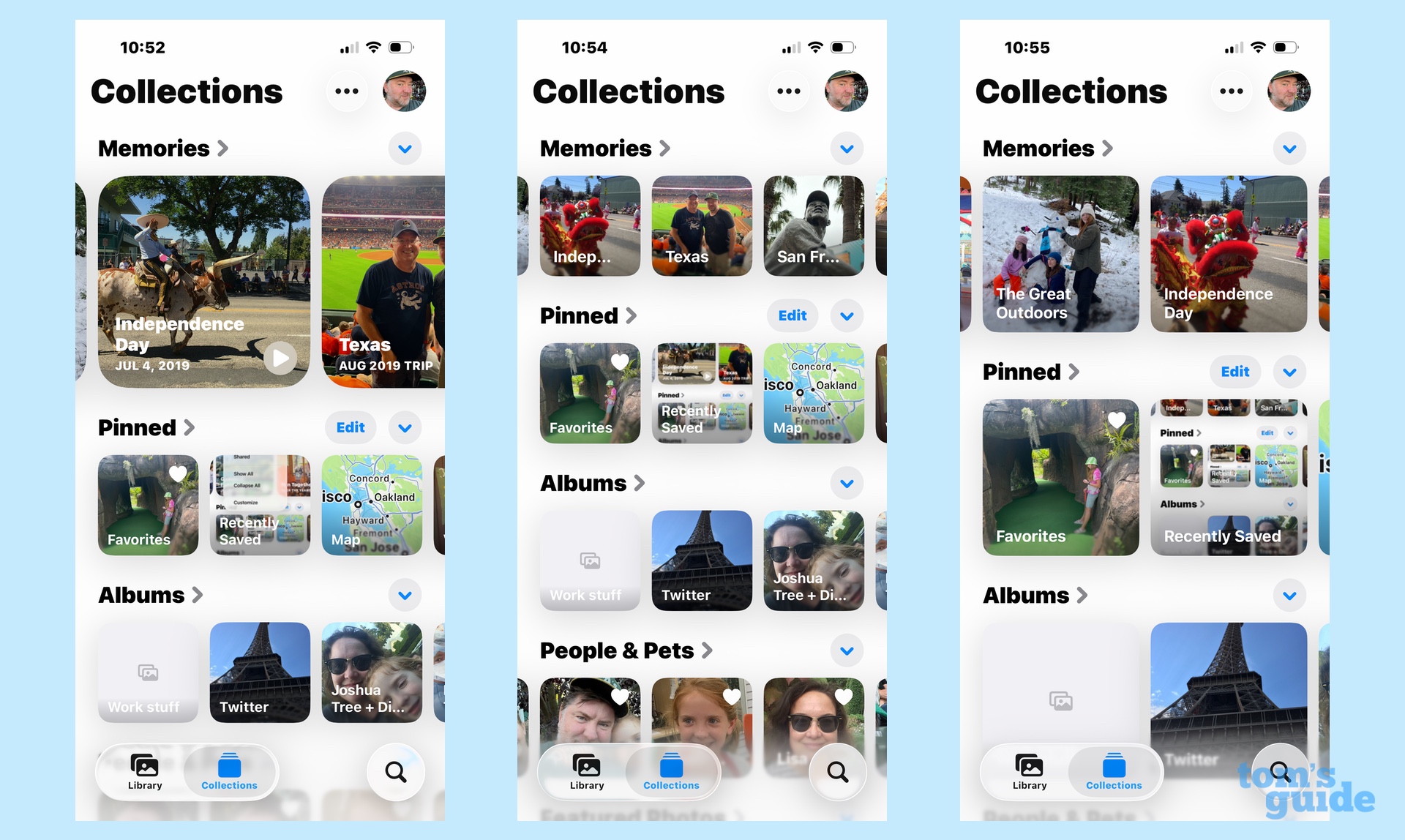
By default, the app prominently displays the collection at the top of the screen, presenting all subsequent collections in smaller thumbnails. The other two options show 3x3 and 2x2 grids, which adjust the size of the thumbnails while also making the top collection less prominent.
It's not necessarily the biggest adjustment, but it does allow you to fine-tune the look of Photos and the Collections section to your liking.
Hide select photos — and the folder they're hidden in

Not every photo in you library needs to be shared with everyone. But if you occasionally hand your iPhone over to other people so they can look around your photo collections, you make sure that sensitive or private images remain out of view.
Pick an image you want to hide out of your library and then tap that More menu. The pop-up menu that appears will include an option called Hide — tap Hide, and that photo disappears from view.
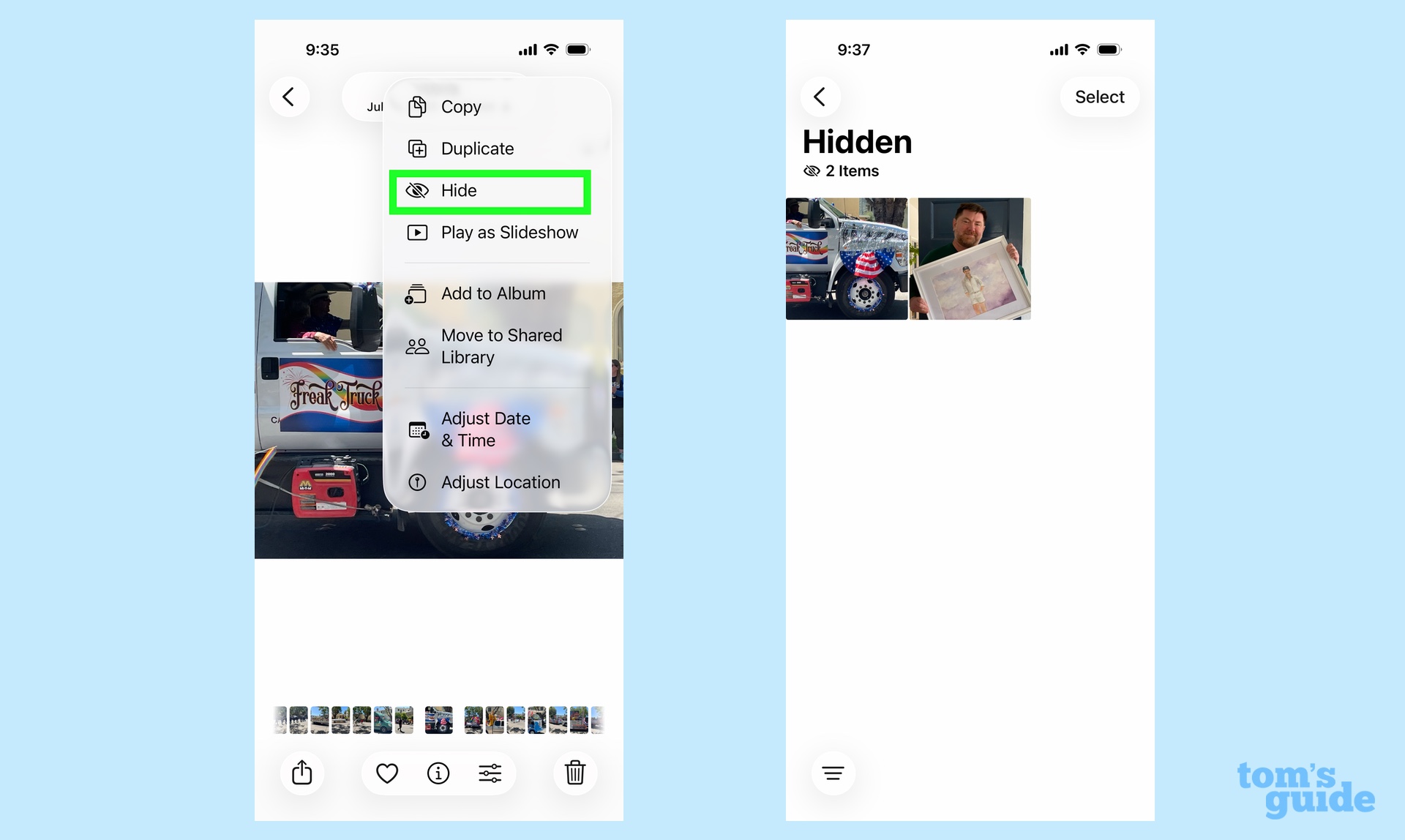
Hidden photos live in the Hidden folder that you'll find in the Collections tab under Utilities. By default, the Hidden folder is locked up tight, and only Face ID will show the contents of your folder.
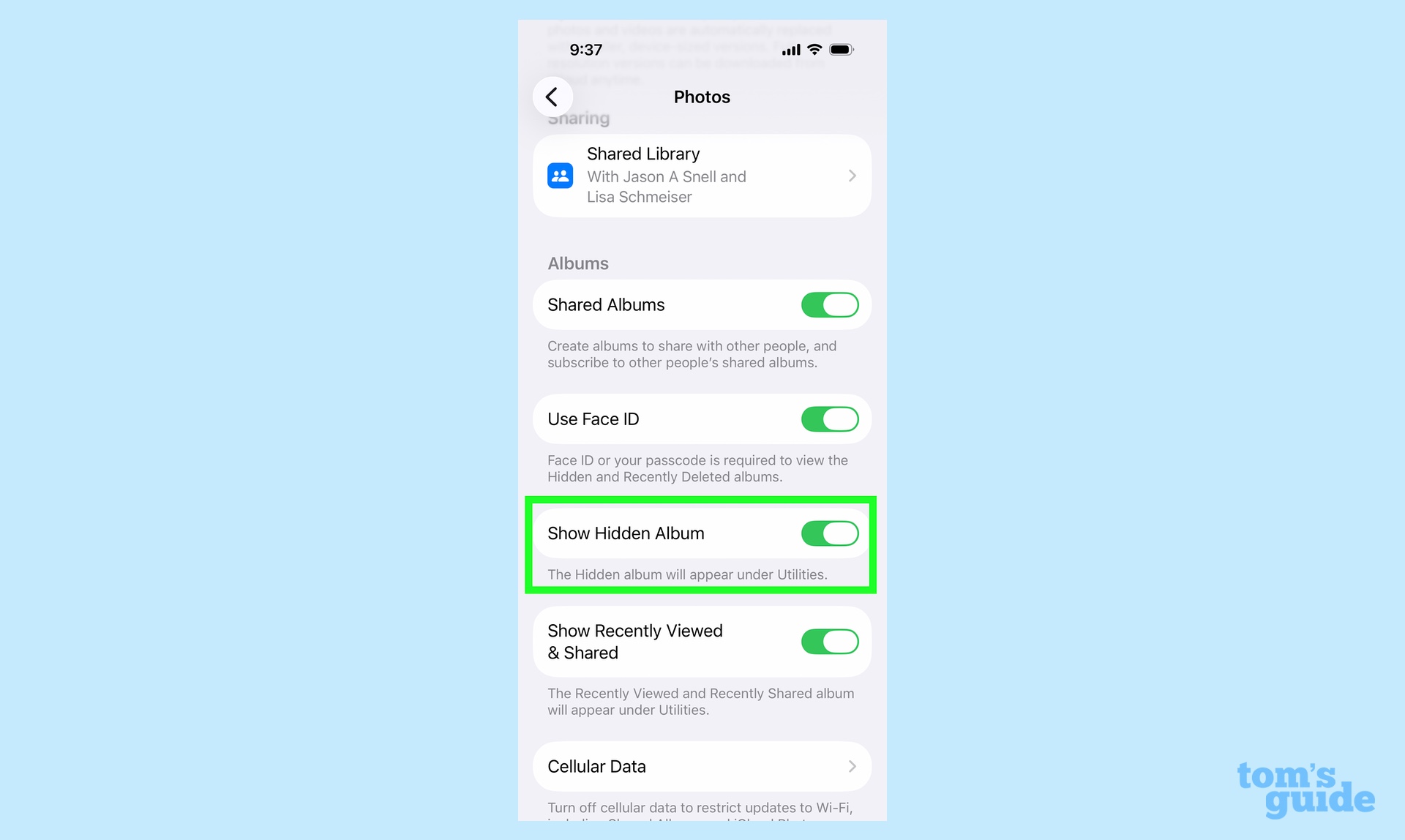
But what if you don't even want evidence that there's a Hidden folder of images? Just go into the Settings app, tap Apps and then select Photos. With the Photos settings, there's a toggle for Show Hidden Album. Slide that toggle off and the Hidden folder disappears completely until you turn the toggle back on.
Get rid of duplicate photos
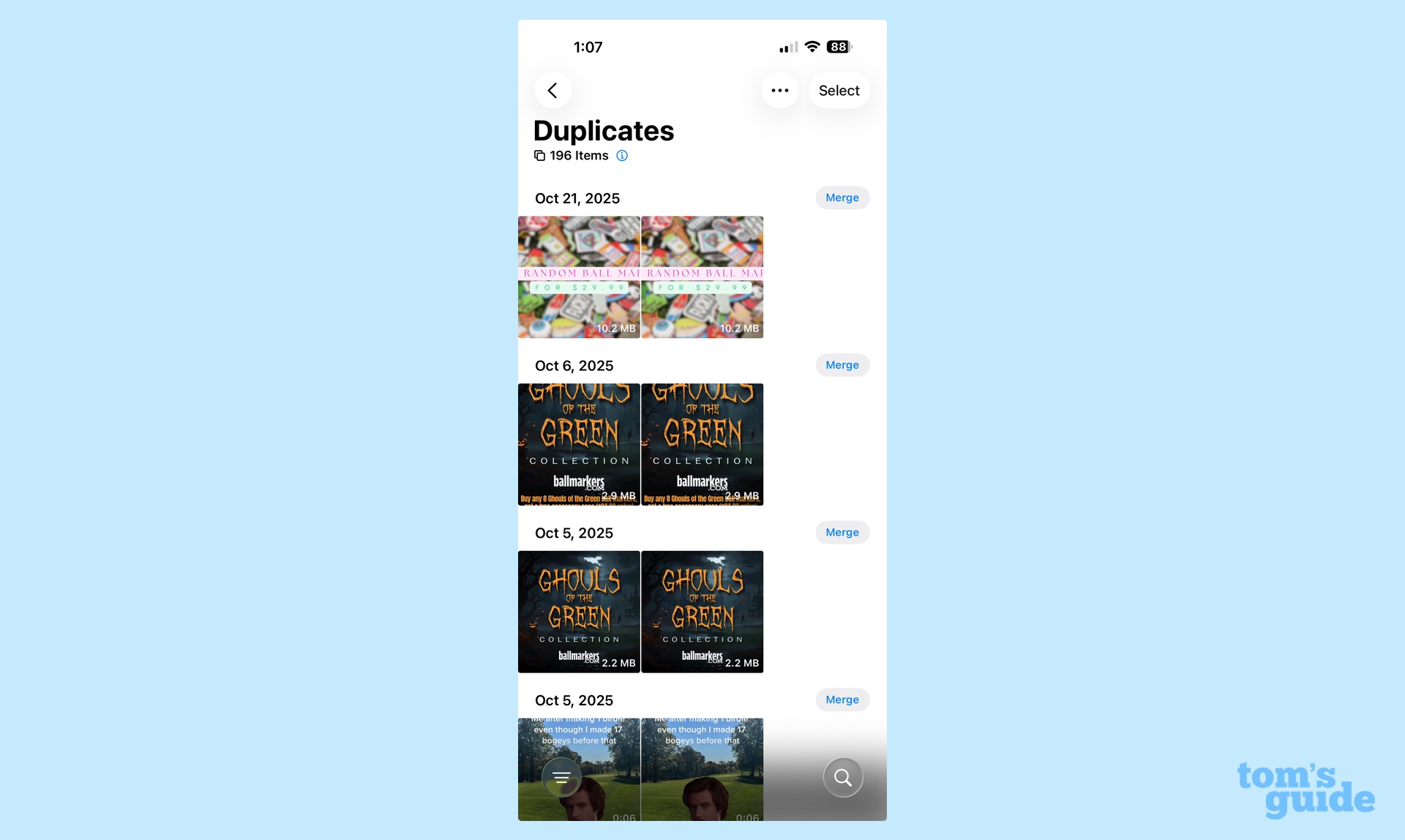
Today's iPhones have a lot more space than the models of old, but that doesn't mean capacity is limitless. One way to manage your storage is to get rid of any duplicate images taking up space in the Photos library.
Photos includes a tool to track down duplicate images, and you'll find it in the Utilities folder in Collections. (Don't see Duplicates as an option? Then congratulate yourself for having a well-maintained library as that means the app hasn't detected any duplicate images.) When you tap on Duplicates, you'll see the images side by side, along with the option to merge them together.
Just remember that Duplicates only works on identical images. For photos that are similar — say, you've taken several different shots of the same vista — you'll have to go through those individually to decide which ones to keep.
Convert images into spatial scenes
Another iOS 26 addition lets you convert images in your library to spatial photos, giving the image a sense of depth and some 3D effects. It's only temporary — there's no way to save the spatial scene — but it's a quick and easy way to enjoy a new perspective on the photos in your library.
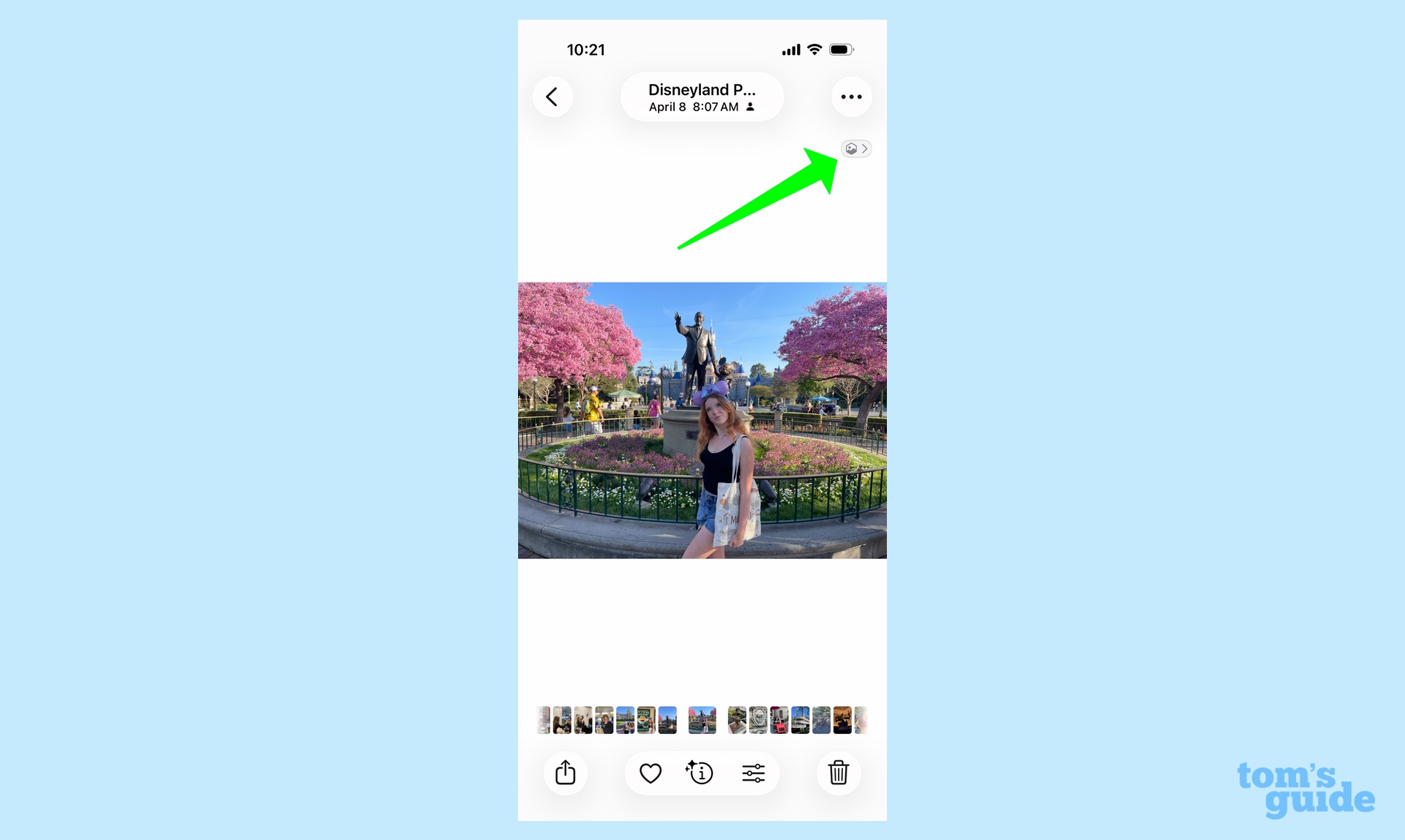
Pick an image to convert — ones with a clearly defined subject work best. There's a Spatial Scenes icon on the right side of the screen. Tap the icon, and the Photos app will apply some generative AI to add depth effects.
Don't let that generative AI fool you into thinking this is an Apple Intelligence feature, either. You can create a spatial scene on an iPhone 12 or later.
Teach Photos to recognize faces

Photos has the ability to recognize faces to the point where it can gather up all the pictures of a particular person into one album. You'll find these albums in the People & Pets section of Collections — and yes, as the name implies, you can find albums of your pets there, too.
But Photos needs a little help to get started with all this facial recognition. You've got to identify people in at least one shot so that Photos knows who to look for.
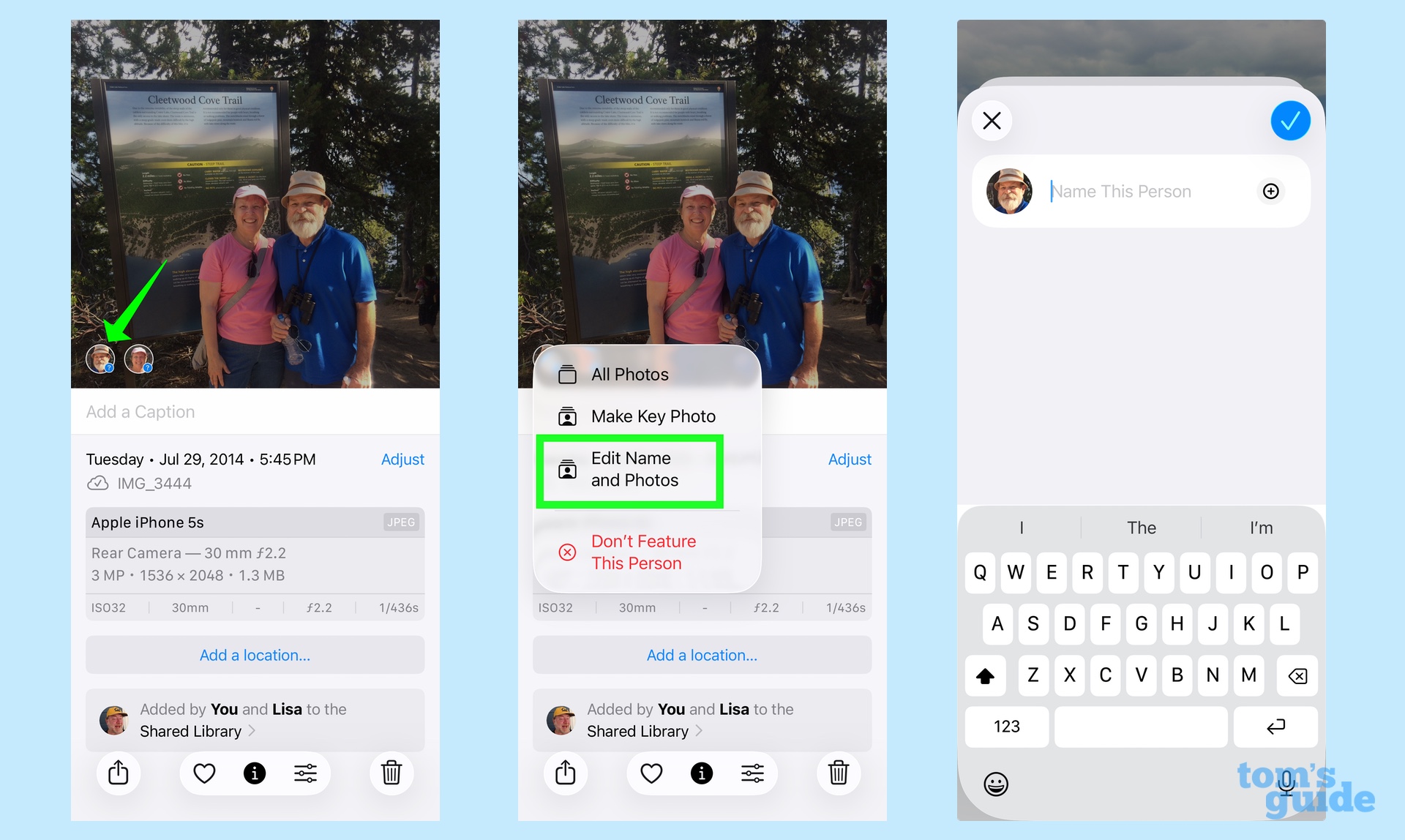
Select an image of a person you want identified and swipe up. At the bottom of the photo, you'll see a small circle with the person's face in it. Tap that circle and then select Edit Name and Photos from the pop-up menu. You can then type in their name in the Name This Person Field — if the person's already in your contacts, their name will appear as you type and you can select that name to save yourself some extra taps.
Facial recognition isn't foolproof, particularly as people age, so you may have to occasionally remind Photos who it's looking at in some images. Still, I've been pretty impressed by how accurately Photos can recognize people, particularly my daughter as she's grown up over the years.
Pull text out of images
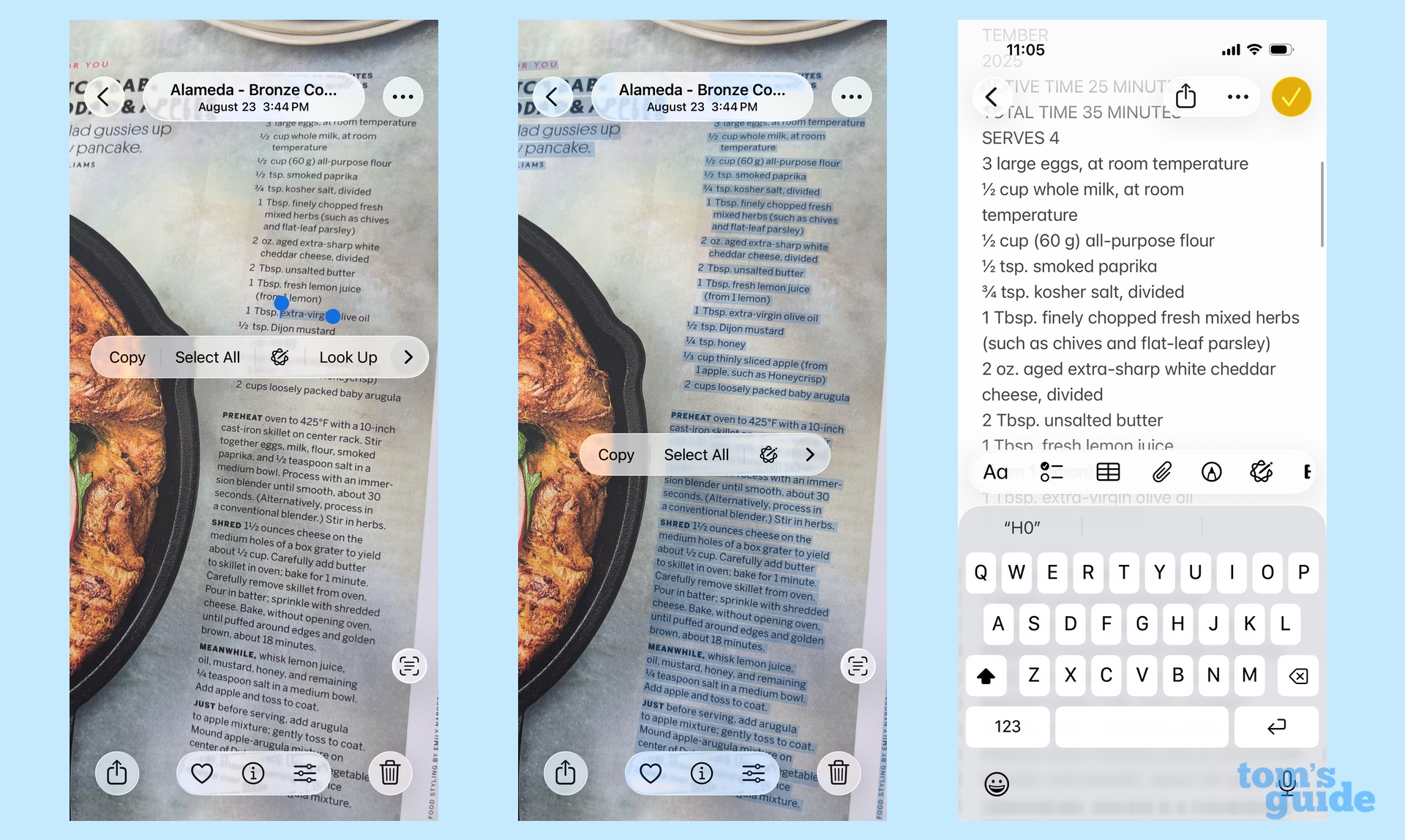
Since iOS 15, the Photos app has supported Live Text, which lets you act upon any text that happens to be in your photos. iOS 16 extended that feature to video.
With Live Text, you can copy text from a photo — something I find particularly useful for recipes where I paste the selected text into the Notes app. You're also able to translate text in an image, and you can tap on phone numbers or email addresses to place a call or send an email. A lot of these features are also available via Visual Intelligence on Apple Intelligence-supporting iPhones, but Live Text extends some of those capabilities to older devices.
Look up information from your photos

While we're on the subject of features added from previous iOS updates, don't forget about Visual Look Up, which is essentially Apple's take on Google Lens. From within the Photos app, you can look up all sorts of information about animals, plants, food and points of interest. Basically, your image library becomes a type of visual encyclopedia.
When you're looking at an image, the Information icon on the bottom of the screen — that's the i inside a circle — will add a visual cue to let you know you can access more information. Tap the icon and then tap Look Up to have Visual Look Up identify what's in your photo — a plate of Thai green curry in the example above.
Other Photos features
Like I said at the outset, these are the Photos tools I use all the time, but it really only scratches the surfaces of what you can do with Apple's built-in photo manager. If you've got Photos tips to share, feel free to post them in the comments.

Follow Tom's Guide on Google News and add us as a preferred source to get our up-to-date news, analysis, and reviews in your feeds.
More from Tom's Guide
- I use Notes to capture ideas on my iPhone — these 8 tips help me do more with the app
- 5 hidden iPhone features that are buried in the Settings
- iOS 26 changed one of my most frequently used iPhone features — and not for the better
Philip Michaels is a Managing Editor at Tom's Guide. He's been covering personal technology since 1999 and was in the building when Steve Jobs showed off the iPhone for the first time. He's been evaluating smartphones since that first iPhone debuted in 2007, and he's been following phone carriers and smartphone plans since 2015. He has strong opinions about Apple, the Oakland Athletics, old movies and proper butchery techniques. Follow him at @PhilipMichaels.
You must confirm your public display name before commenting
Please logout and then login again, you will then be prompted to enter your display name.

